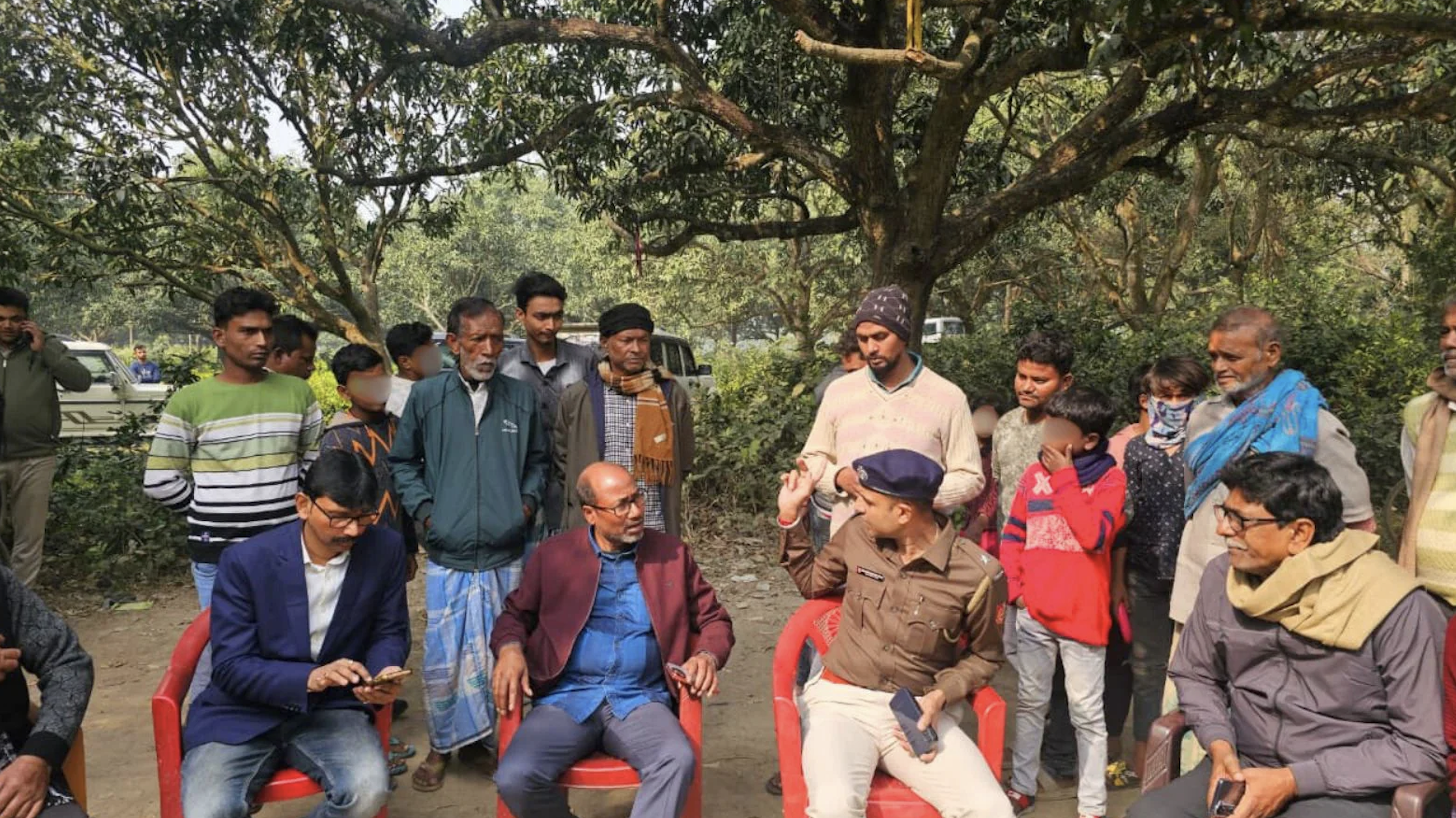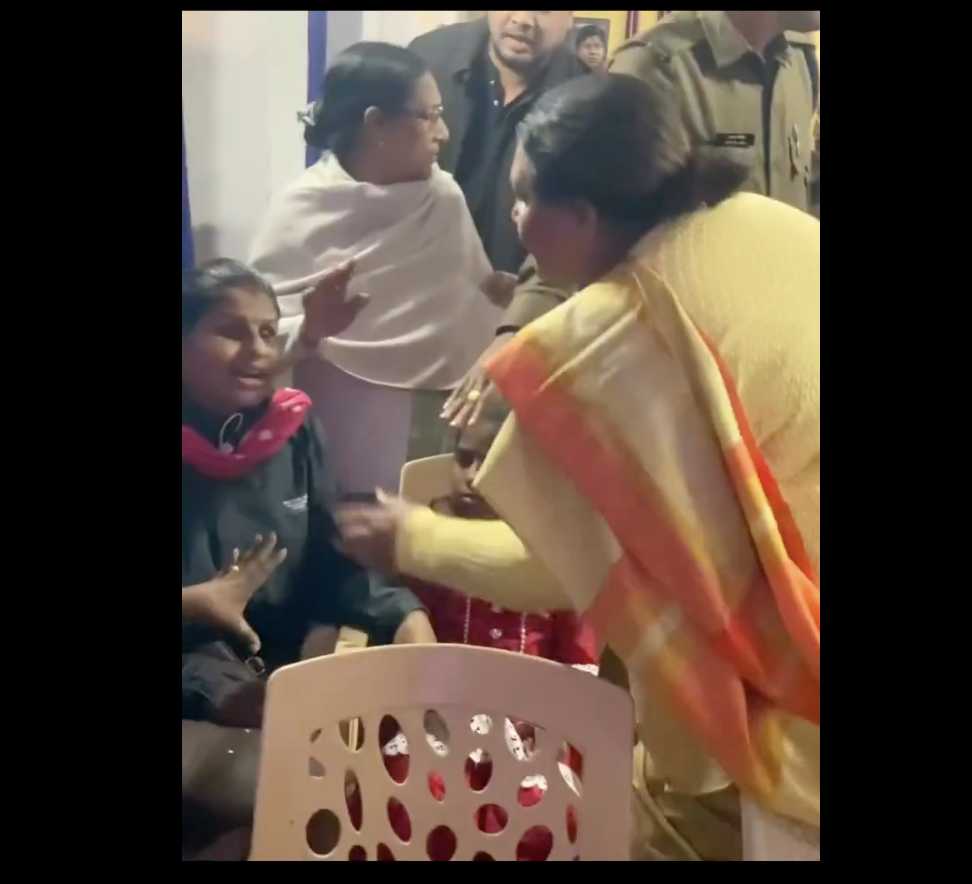
The concept of the counterpublic was first articulated as a critique of Jurgen Habermas’s idea of the public sphere, that is, a voluntary gathering of private citizens in a social space where something like a collective opinion emerges out of uncoerced deliberation. Habermas notes that public opinion so-shaped carries the potential for political change and that the main structures of communication and information in any age—in ours, print and electronic media—are essential to the viable functioning of the public sphere. The notion of the counterpublic is based on the argument that historically and structurally various categories of citizens have been, and are, excluded from participation in the public sphere. These groups, for example, members of the working class, form their own spheres of associative and deliberative life—counterpublics—through which they then seek to exert political influence, mobilize for rights, and so on.
Two essential characteristics of counterpublics bear noting here. First, counterpublics, as the term itself indicates, are informed by a deliberate sense of opposition to the public or publics from which members of counterpublics understand themselves as being excluded. Second, as Habermas’s and Warner’s theorizations propose, counterpublics are fundamentally shaped by logics of mediation, circulation, and representation. Habermas highlights the central role of print and television in the formation of publics—and by implication, of counterpublics—in our time. Warner argues that texts create and bring forth publics, in the sense that each text assumes and addresses a particular audience. Onlinecounterpublics, accordingly, would be influenced by the logic and modes of online communication, such as virality, and by significant ‘texts,’ whether a video, tweet, or meme, that would appeal to certain audiences.
Majoritarian right-wing counterpublics across different global contexts, like Hindu nationalist communities spanning the Indian diaspora or white nationalist groups in the United States, also share important features in common. In each case, the majoritarian counterpublic understands and defines itself as beleaguered or under siege, from a minority group, the state, ideology, or some combination of these. The counterpublic in question consciously defines itself in opposition to these perceived threats. In India, for instance, Hindu nationalist counterpublics define themselves as survivors of a genocidal colonial Muslim past, the ideology of secularism, and the legacies of the Nehruvian state. In the United States, overlapping counterpublics consisting of MAGA supporters, Trump loyalists, QAnon, and white nationalists who claim they are under threat from liberalism, globalists like Bill Gates and George Soros, racial minorities, liberal elites, radical Leftists, Islam, and, more recently, wokeness and the Woke. In Turkey, supporters of Erdoğan consider themselves to be victims of the Kemalist project of secular nationalism, which they see as hostile to Islam.
Rooted in a politics of grievance in each setting, different right-wing counterpublics frequently borrow themes, idioms, and vocabularies from one another, such that their arguments often seem to converge or closely resemble each other. The internet plays a significant role in these processes as the primary conduit though which ideological cross-pollination and the exchange of tropes occurs. Indeed, the discourse on social media spaces, partisan publications, and websites devoted to propaganda is similar enough across various right-wing counterpublics that we can speak meaningfully of a global majoritarian right-wing counterpublic discourse that exists online. These tropes then feed back into the discourse of right-wing counterpublics beyond the online realm. Importantly, such tropes may also be adopted by other counterpublics and become part of the political vocabulary of society at large. A brief examination of two elements of online Hindu nationalism—the idea of a Hindu holocaust and genocide and the notion of the deep state—also seen in other online expressions of right-wing ideologies will illuminate these dynamics.
Since the midnineties onward, the claim that Hindus have suffered a genocide or holocaust at the hands of Muslim invaders has been a staple of online Hindu nationalist rhetoric. The idea may have been expressed earlier in the English-language press in India, but it was amplified online as larger numbers of Indians gained internet access. As I have argued, terms like holocaust and genocide, which are part of the vocabulary of international civil society, have powerful purchase for the mobilization of political capital in cyberspace. In presenting their claims about a Hindu holocaust and genocide, Hindu nationalists also seek to bring Hindus into a universal history of suffering, granting Hindus their rightful place with other groups that have been victims of mass violence. Ironically, claims of Hindus as victims of genocide have ramped up in recent years, a time when Indian Muslims have repeatedly faced organized political violence from the Hindu right and Hindu right-wing leaders have been openly calling for a genocide against Muslims. In the very recent past, the release of The Kashmir Files, a shoddy work of anti-Muslim propaganda, has led to a resurgence of the idea that Hindus have been suffering an ongoing project of ethnic cleansing for centuries.
This story was originally published in tif.ssrc.org . Read the full story here






